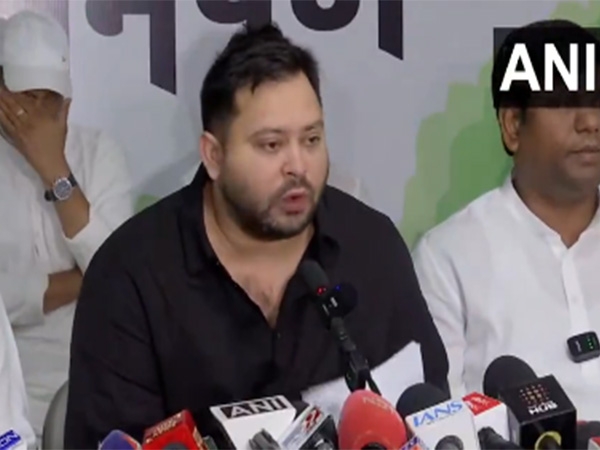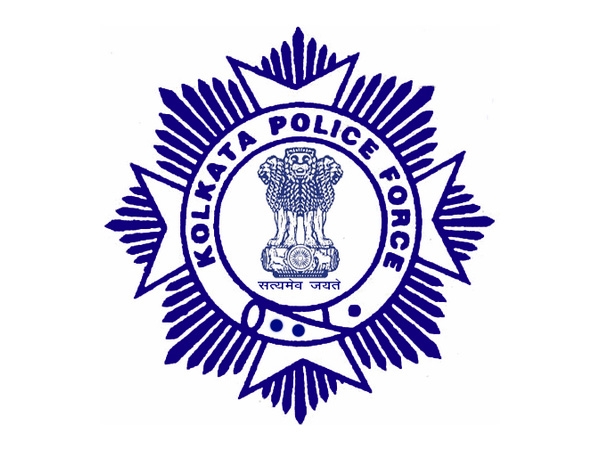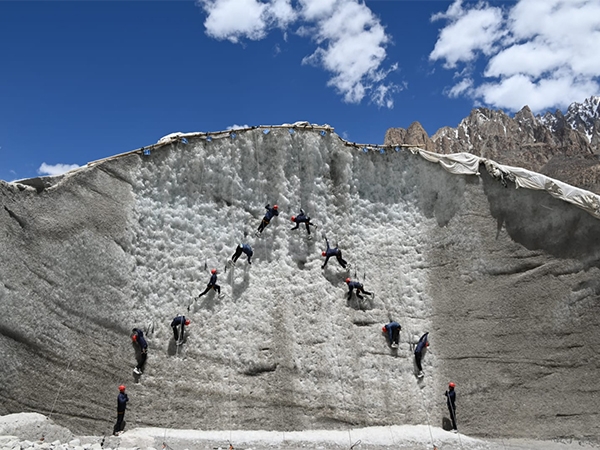Don't be fooled by BJP's Tiranga Yatra, RSS hated the tricolour

The Narendra Modi government is planning what may be the longest and grandest celebration of an Independence anniversary. The BJP's legislators and MPs have been told to visit 150 places over the next 15 days, including memorials of freedom fighters, carrying big-sized tricolours.
Smriti Irani is going as far as Siachen, to tie rakhis to soldiers posted there, taking the spirit of nationalism and patriotism with her on Independence Day. Celebrities have been roped in to perform at various party and government functions to commemorate 70 years of Independence.
Schoolchildren around the country have been asked to gather on 23 August, when 15 days of the 'Yaad Karo Qurbani' exercise concludes, and sing the national anthem.
But while the BJP regime exhausts itself singing paeans to nationalism and its symbols, what is the RSS, the wellspring of far right Hindu nationalism and the BJP's ideological font, doing on this occasion? Likely nothing more than hoisting the tricolour, that too perhaps grudgingly.
Is it not ironic that the party making so much noise over nationalism is "guided" - read controlled - by an organisation that has long refused to accept the supremacy of the country's flag and Constitution?
After 1950, the Sangh would never hoist the tricolour at its headquarters in Nagpur. Instead, they would put up Bhagwa Dhwaj, the saffron flag, even on Republic and Independence days. They began hosting the tricolour only in 2002, after Atal Bihari Vajpayee led the BJP to power.
The Bharat Mata as depicted by the RSS never had the tricolour in her hand, only the Bhagwa Dhwaj, the 'guru' of its members who include Modi, Home Minister Rajnath Singh, Defence Minister Manohar Parrikar, HRD Minister Prakash Javadekar and several other central and state ministers.
On 2 April this year, the second-in-command of the RSS, General Secretary Suresh Bhaiyyaji Joshi, urged equal respect for the tricolour and the saffron flag of the RSS. "Haamare liye tiranga aur Bhagwa Dhwaj saman roop se vandaniya hai (For us, the tricolour and the saffron flag are equally venerable)," he was quoted as saying by the Sangh's media website.
Another media outlet, News X, quoted Joshi as saying that there was nothing wrong in honouring the saffron flag as the national flag because the tricolour "is no different from the saffron flag".

Never the flagbearer
The Hindutva brigade has a history of aversion to emblems of Independent democratic India, such as its flag and Constitution.
On 22 July 1947, the Constituent Assembly adopted the tricolour as India's flag unanimously with "the whole assembly standing". It was an emotional event, the first step of the nascent republic towards representing itself, and all its diversity, through one national symbol.
Just a week later, on 29 July, Vinayak Damodar Savarkar, a leading light of the Hindu right whose birth anniversary Modi has regularly commemorated since becoming prime minister, had this to say about the tricolour: "Having thus noted impartially the good points in the new Flag adopted for the Indian Union which render it much less objectionable, I must emphatically state it can never be recognised as the national Flag of Hindusthan".
Savarkar, who coined the word 'Hindutva', gave two reasons for his aversion to the flag, according to the Historic Statements by V.D. Savarkar by Popular Prakashan. One, the Indian Union and the "so called Constituent Assembly" were the creations of the British and not of the "free choice of our people ascertained by a national plebiscite". Two, the very mention of 'Union of India' reminded him of the "break up of the unity of India".
Savarkar went on: "No, the authoritative Flag of Hindusthan, our Motherland and Holyland, undivided and indivisible, from the Indus to the Seas, can be no other than the Bhagva with the Kundalini and the Kripan inscribed on it to deliver expressly the message of the very Being of our Race... Hindudom at any rate can loyally salute no other Flag but this Pan-Hindu Dhwaja, this Bhagva Flag as its national standard.'
Savarkar repeated his denunciation of the flag several times afterwards. As did MS Golwalkar, the second chief of the RSS who is venerated among the Sangh faithful as Guruji. Golwalkar was not only opposed to tricolour, he did not have faith in the Constitution either.
Golwalkar a champion of Manusmriti
In his Vichaar Navneet, translated into English as Bunch of Thoughts, he says, "Our leaders have decided to have a new flag for us. Why did they do this? This is an example of rejection our rich heritage and of single-mindedly copying from others".


"Who can say that this is a pure and nationalistic viewpoint? This is just a hotch-potch political workaround...Ours is an ancient and great nation, which has a rich heritage. Did we not have a flag of our own then? Without a doubt we had one. Then why such empty-headedness?"
So what did Golwalkar prescribe for guiding the republic if not the Constitution framed so painstakingly by BR Ambedkar's committee?
In an editorial in the 30 November 1949 issue of the Organiser, he explained: "Manu's laws were written long before Lycurgus of Sparta or Solon of Persia. To this day his laws as enunciated in the Manusmriti excite the admiration of the world and elicit spontaneous obedience and conformity. But to our constitution pundits that means nothing."
The RSS's hatred of India's Constitution and its tricolour was severe enough to spook the then government, particularly Prime Minister Jawaharlal Nehru and Home Minister Vallabhbhai Patel.
In 'Justice on Trial', a collection of letters exchanged between Golwalkar and the government on 4 February 1948, three days after Gandhi was assassinated and two days after the RSS was banned, there's this communique of the home ministry led by Patel: "The objectionable and harmful activities of the Sangh have, however, continued unabated and the cult of violence sponsored and inspired by the activities of the Sangh has claimed many victims. The latest and the most precious to fall was Gandhiji himself."
Nehru's warning
After the RSS was banned in the wake of Gandhi's assassination in January 1948, Golwalkar spent that year pleading with the government to reverse it. In response, Patel laid several conditions for lifting the ban; one was the RSS' "explicit acceptance" of the national flag. Golwalkar agreed, on behalf of the RSS, to acknowledge the national flag and the Constitution.
A press note issued by the home ministry on 14 November 1948, notes that Golwalkar "has written letters both to the Prime Minister and Home Minister explaining inter alia that the RSS agrees entirely in the conception of a Secular State for India and that it accepts the National Flag of the country and requesting that the ban imposed on the organisation in February should now be lifted."
Nehru never trusted the RSS and its brand of nationalism. And as it turns out, neither did Gandhi.
In a letter to Patel on 27 October 1948, quoted in Sardar Patel Select Correspondence 1945-1950, Nehru quotes Gandhi's opinions of the organisation. "I remember Bapu telling me after his first meeting with Golwalkar that he was partly impressed by him but at the same time he did not trust him. After his second or third meeting he expressed a very strong opinion against Golwalkar and the RSS and said that it was impossible to rely on their word. They appear to be highly reasonable when talked to but they had no compunction in acting in exact contradiction to what they said."
Nehru goes on to state that his own impression has been the same. "I believe we have been receiving reports from various parts of the country telling us of the undesirable activities by the RSS. I suggest, therefore, that we should be very careful in taking any new step about the RSS at the present juncture."
First published: 12 August 2016, 12:58 IST

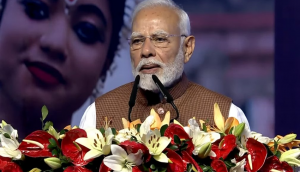

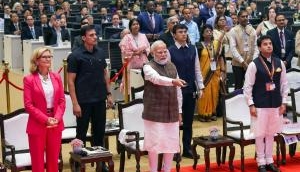
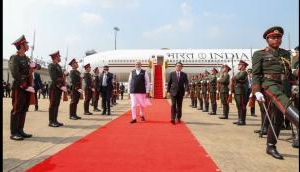
![BJP's Kapil Mishra recreates Shankar Mahadevan’s ‘Breathless’ song to highlight Delhi pollution [WATCH] BJP's Kapil Mishra recreates Shankar Mahadevan’s ‘Breathless’ song to highlight Delhi pollution [WATCH]](https://images.catchnews.com/upload/2022/11/03/kapil-mishra_240884_300x172.png)

![Anupam Kher shares pictures of his toned body on 67th birthday [MUST SEE] Anupam Kher shares pictures of his toned body on 67th birthday [MUST SEE]](https://images.catchnews.com/upload/2022/03/07/Anupam_kher_231145_300x172.jpg)



